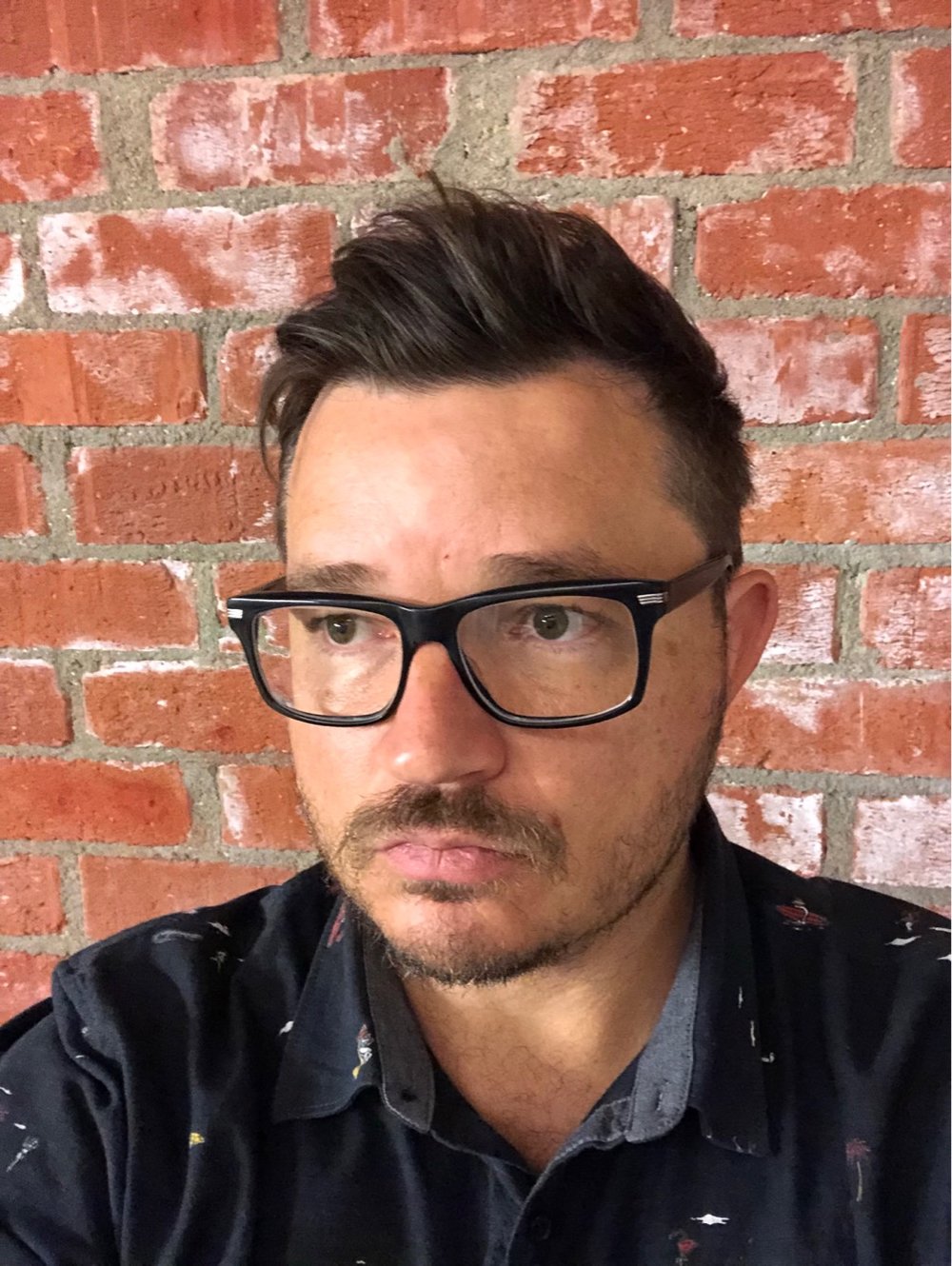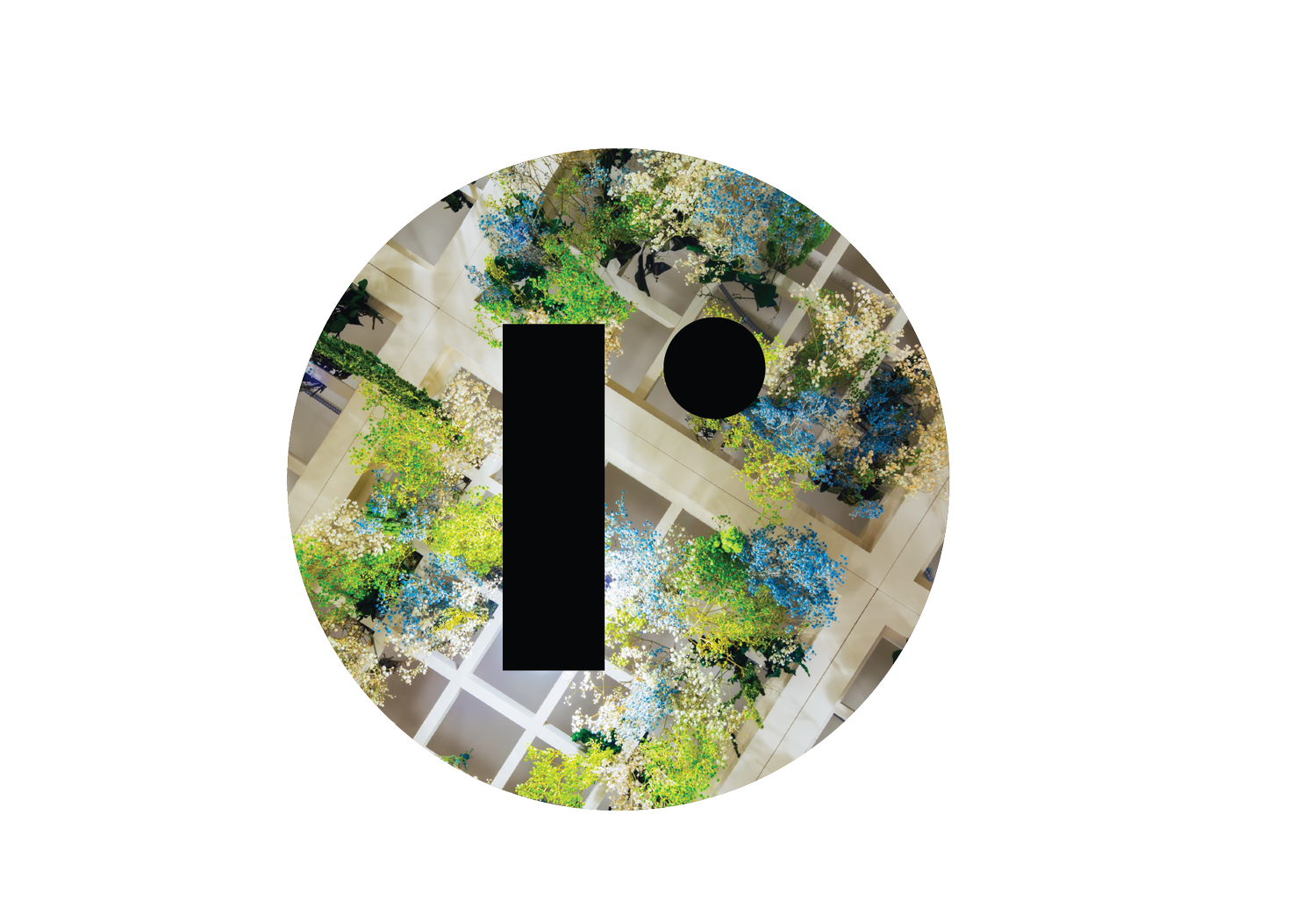

{PODCAST RERUN} Truth Is Golden - 207 | Bewildered by LA w/ Frances Anderton
PODCAST ALERT! Check our latest interview with the funny and articulate France Anderton, host of DnA on the radio station KCRW in Los Angeles.







Truth Is Golden, Ep. 207 - Bewildered by LA, with Frances Anderton
PODCAST ALERT! Check our latest interview with the funny and articulate France Anderton, host of DnA on the radio station KCRW in Los Angeles.








